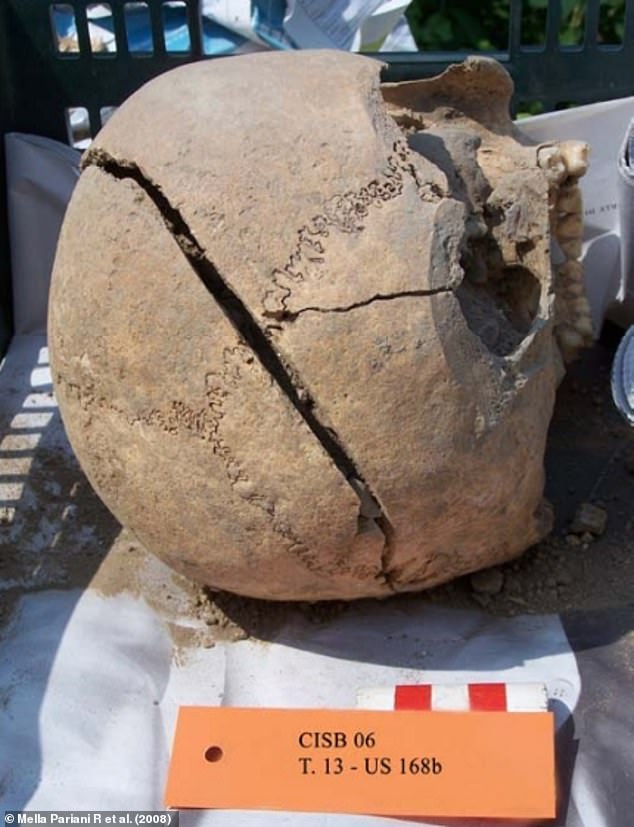Section 1: The Brutal Murder: Four Sword Blows to the Head
Scientists have recently analyzed the remains of a medieval man, uncovering shocking details about his brutal murder that occurred 700 years ago. The young man endured four sword blows to the head, resulting in a gruesome and violent death. The sequence of the strikes suggests a relentless attacker with a powerful motive behind the crime.
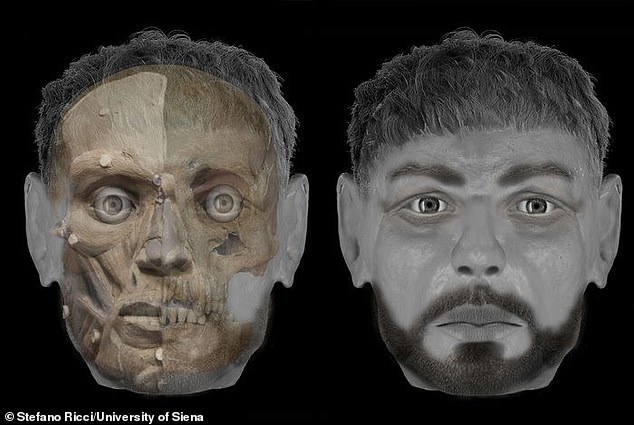
Section 2: Insights into the Attacker’s Motive
The murder case is described as a “case of raw violence” and “evident overkill,” indicating the presence of a strong motive behind the attack. The assailant displayed a determined intent to kill the young man, as evident from the multiple sword blows inflicted.
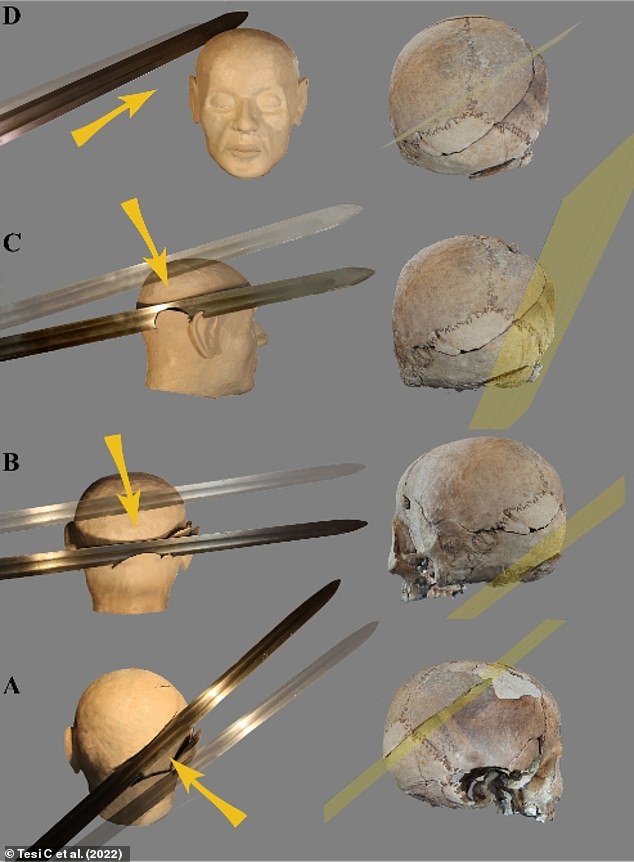
Section 3: Discovery and Examination of the Remains
The victim’s skeletal remains were discovered in a tomb near the entrance of the church of San Biagio in Cittiglio, Italy. Radiocarbon dating placed the burial between 780 and 1260 AD. Through anthropological analysis, experts determined that the victim was a young man aged between 19 and 24 years and had a height ranging from 5’5″ to 5’9″. Computed tomography (CT) scans and digital microscope analysis of the skull provided further insights into the inflicted injuries.
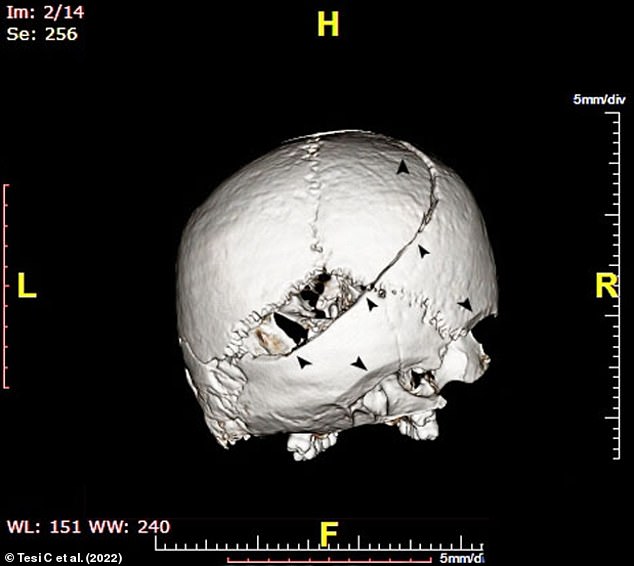
Section 4: Analysis of the Attack
According to the analysis, the first blow was likely aimed at the head or vital organs but was either blocked or dodged by the victim. The subsequent strikes from behind, catching the victim’s ear and the back of his neck, would have disabled him and hindered his attempt to escape. The final blow, targeting the nuchal portion of the skull, proved to be the most powerful and ultimately caused the victim’s immediate death.
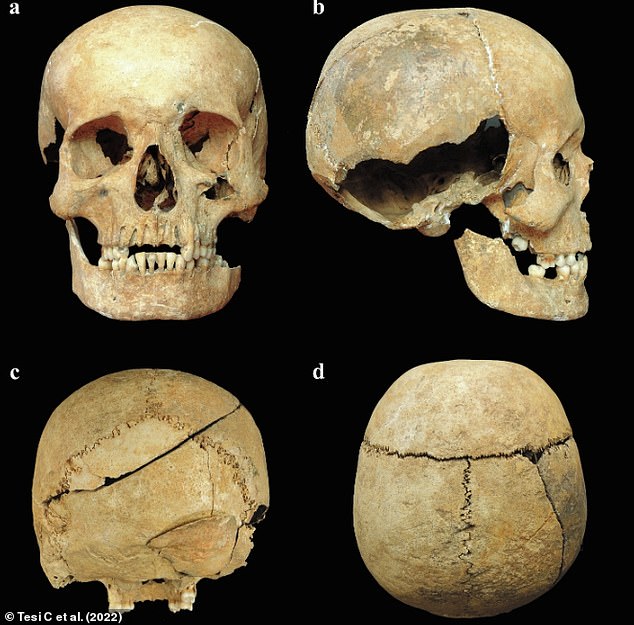
Section 5: Weapon and Single Attacker
The analysis indicated that all four blows were inflicted using the same large, straight bladed weapon, possibly a sharp sword. The positioning of the strikes suggests a single attacker who approached the victim from behind.
Section 6: Victim’s Background
Evidence on the victim’s body revealed a healed lesion on his forehead, indicating previous blunt force trauma. Additionally, marks on his shoulder blade suggested his involvement in archery and warfare, signifying training and experience in combat.

Section 7: Reconstruction and Emotional Impact
A three-dimensional digital microscope was employed to create a reconstruction of the victim’s head, replicating the four sword strikes. This reconstruction not only offered more detailed information about the injuries but also aimed to establish an emotional connection with the young man by providing a visual representation of his face and eyes.
Section 8: Conclusion
This study provides valuable insights into a tragic medieval crime, uncovering the brutality and violence that existed in the past. By employing modern techniques, experts were able to solve this “cold case,” demonstrating the power of scientific advancements in unraveling historical mysteries. The meticulous analysis of the victim’s remains shed light on the nature of the attack, the potential motives behind it, and the circumstances surrounding the crime.

